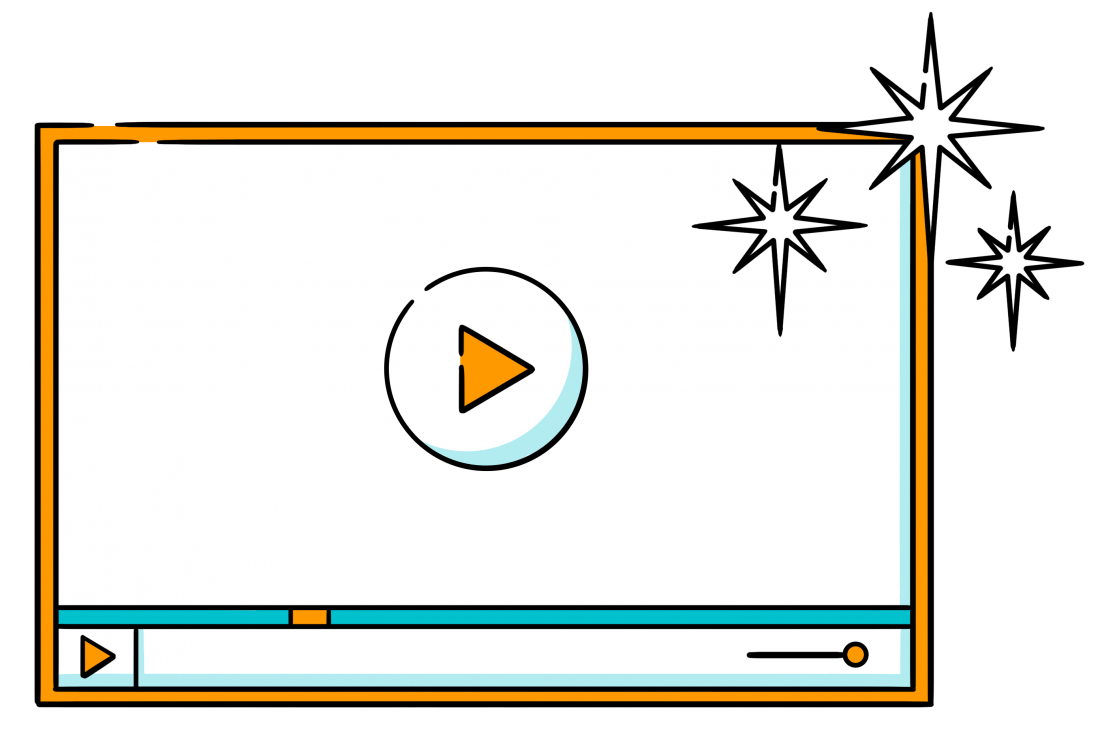Why Explainer Videos Are The Perfect Tool To Simplify Complex Topics
Explainer videos are designed to grab people’s attention and to simplify complex topics. Their two most prevalent characteristics are, firstly, that they combine audio and visual elements, and secondly, they are short and to the point.
So why are explainer videos so effective in simplifying complex topics? Part of the secret lies in the brain activity that takes place as an explainer video is viewed. We are referring to so-called dual coding.
Explainer video – The true allrounder

Explainer videos do not only stimulate auditory senses, but also visual senses. This more than doubles the impact. In fact, by only hearing information, people may retain on average about 20% of what they have heard. However, when they also see related images, viewers retain almost 70% of the information communicated to them via audio-visual means!
This is why explainer videos are so effective in simplifying complex topics: because they combine audio and visual stimuli.
But that is not all. Explainer videos lend themselves to present information in such a way that they get straight to the point! Because they are short by nature they require short explanations, which in turn compels the creator to give a short account that conveys only the most essential information. So, why are explainer video explanations not long and detailed? Because in our modern world humans gravitate towards concision. It is simplicity that gets our prized attention. We live in a fast world. We want the information to be communicated in the shortest simplest way possible so that we can get on to the next item on our agendas! And that is why explainer videos can be used so effectively in simplifying complex topics.
How can images help simplify complex topics?

Let’s consider the visual aspect a little further. Familiar images, in combination with unfamiliar information, help us to acquire new knowledge – that is, the new information that you want to communicate to your audience. Images leave your audience with a much better idea of what you were trying to communicate in the first place.
Images, especially moving images, get our attention and are processed instantaneously. This aids understanding in two ways: The first is obvious – to understand you first need to be engaged. Secondly, a large part of the brain devotes itself to visual processing.
Within a split second the brain identifies an image and makes relevant connections. The images used in explainer videos thereby aid understanding and so make it possible to explain a complex topic in a simplified way. Consequently, by making use of images a complex topic can be explained with optimal efficiency, using an explainer video!
Explainer videos utilize learning
![]()
Finally, explainer videos are so effective in simplifying complex topics because they are instant learning vehicles. It takes much longer to read a text than to absorb information communicated using an image. Take infographics for example: they reduce essential information to the bare minimum using images and a few words. Yet, they are very effective in communicating information to a target audience! The images and diagrams used in infographics provide learning with simple structure. Add movement and audio to the infographic and you have an explainer video… more or less! However, an explainer video is even more effective in simplifying the topic because it enhances the explanation through the addition of movement and sound! Moreover, explainer videos lend themselves to be excellent vehicles for storytelling, as stories have the potential to also get viewers emotionally involved. This takes explanations to a different level!
So, if you want to simplify complex topics, explainer videos are the way to go! They combine audio and visual elements to aid optimal understanding, and they are greatly engaging because they are short and to the point!
